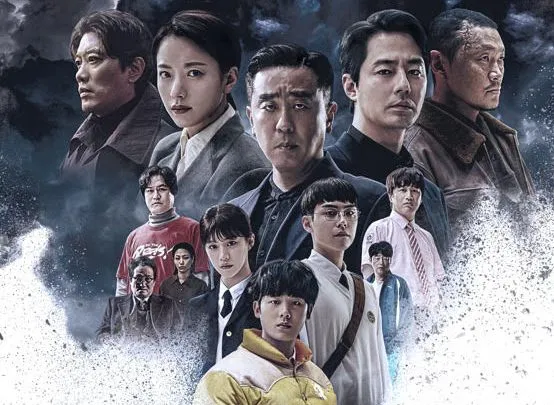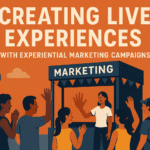The digital content world is going through a massive shift in 2025. While big platforms like YouTube, Instagram, and TikTok still dominate headlines, more and more creators are walking away from them in search of something better. It’s not that these platforms are dying—they’re just not meeting the needs of a new wave of creators who are tired of rigid rules, declining reach, and limited control over their own content.
So, what’s really driving this movement? Why are so many creators abandoning the traditional giants that once made them famous? Let’s explore the reasons behind this growing trend.
Contents
1. Too Many Rules, Too Little Freedom
One of the biggest complaints creators have about mainstream platforms is how restrictive they’ve become. Whether it’s demonetization, content takedowns, or algorithm changes, creators constantly feel like they’re walking on eggshells.
A comedian can’t joke freely without worrying about getting flagged. A filmmaker can’t post a slightly edgy short without age restrictions. Even photographers and visual artists are finding their work censored or hidden due to vague “community guidelines.” Over time, this constant policing creates frustration and burnout. Creators want to express themselves without fear—and traditional platforms aren’t making that easy anymore.
2. Algorithms That Don’t Play Fair
In the past, uploading good content was enough to grow. But now, success on most major platforms depends almost entirely on beating a constantly changing algorithm.
Creators spend hours researching posting times, engagement tricks, and trending hashtags—only to see their reach drop for reasons they can’t control. Some have watched years of steady growth vanish overnight due to one algorithm tweak. For many, this unpredictability feels like a gamble.
Emerging platforms that offer chronological feeds or more transparent recommendation systems are attracting attention because creators just want a level playing field again.
3. Monetization Isn’t What It Used to Be
Ad revenue on platforms like YouTube has become more difficult to rely on. Not only are ad rates fluctuating, but even popular videos can be suddenly demonetized due to minor policy violations. On Instagram or TikTok, monetization options are limited unless you land brand deals or promote outside products.
As a result, creators are turning to alternative platforms that offer better revenue models—whether that means direct tipping from fans, subscription-based access, or even content paywalls. In 2025, the promise of making a living from your audience without middlemen is more attractive than ever.
4. Community Over Virality
For a long time, the main goal was going viral. But now, many creators care more about building a tight-knit, loyal audience than chasing millions of fleeting views.
Newer content-sharing platforms are placing a strong emphasis on community—enabling creators to interact more personally with their followers, offer exclusive content, and build trust. These smaller, focused communities often feel more rewarding than the massive (and sometimes toxic) audiences found on larger platforms.
5. Control and Ownership Matter
When you upload a video or photo to a major platform, you’re often giving up more rights than you realize. Many traditional platforms reserve the right to reuse your content, delete it without warning, or change how it’s displayed. That’s not sitting well with creators who see their content as their career, their art, or both.
In 2025, platforms that prioritize content ownership—where creators maintain full rights, can export their data, and decide how their content is used—are gaining serious traction.
6. The Need for Niche Spaces
Not every creator fits into the mainstream mold. Some work in niche genres, explore bold ideas, or share content that’s not made for mass appeal. Traditional platforms often don’t support this kind of creativity, either because of advertising pressures or public image concerns.
That’s where independent and niche platforms come in. They cater to specific communities—whether it’s alternative artists, filmmakers, adult content creators, or underground musicians—and provide tools that make sense for those specific needs. This targeted approach is giving creators the confidence to try new things without fear of getting buried or banned.
A New Era of Digital Creation
The migration away from traditional platforms in 2025 isn’t just a passing trend. It reflects a deeper shift in how creators view their work, their value, and their audiences. They’re no longer content with being just another number in a giant algorithm. They want freedom, fairness, and a space that respects their voice.
While the big platforms won’t disappear overnight, they are being forced to evolve. In the meantime, the rise of alternative platforms—more flexible, creator-driven, and niche-friendly—is changing the digital content landscape for the better.
If you’re a creator feeling stuck or overlooked, now might be the perfect time to explore what else is out there. Because in this new era of content creation, control is finally coming back to where it belongs—with the creators.


